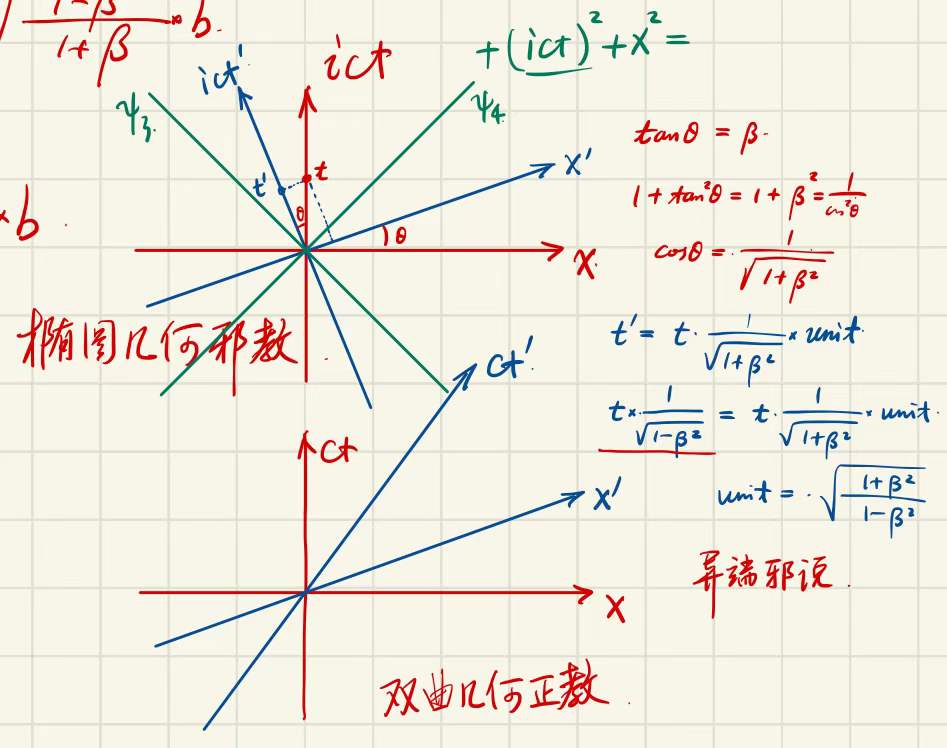The notational convenience of imaginary time in the derivation of the metric in Poincaré coordinates
Introduction
There are two major conventions for the metric signature: (west coast) and (east coast). However, the first convention that I have met in my journey of learning physics is neither of them: the imaginary time. Shortly after, I started using the west coast convention, so I never really used the imaginary time convention seriously. I personally dislike the imaginary time convention, and so do most people in the physics community and history, which is why most modern textbooks use either the west coast or the east coast convention. One of my past physics teachers deemed the imaginary time convention to be a heresy (异端邪说).

However, in some cases, the imaginary time convention can be convenient due to the use of multi-index notation (which is more concise and feature-rich than the Einstein notation). Here is one of such cases: the derivation of the metric in Poincaré coordinates for the anti-de Sitter space.
The -dimensional anti-de Sitter space of scale is defined as the hyperboloid in (the analogue of the Minkowski space, but with signature ). The Poincaré coordinates are defined as
The derivation
Define and just for fun. Then, define two -dimensional multi-indices
The hyperboloid constraint and the metric (east coast convention) are then which are equivalently The definition of the Poincaré coordinates can be written as or equivalently
Substitute Equation 2 into the first equation in Equation 1. Then, we have Differentiate Equation 2 and 3, and we have Substitute this into the second equation in Equation 1, and we have
Finally, substitute back the definition of , and we have the result
